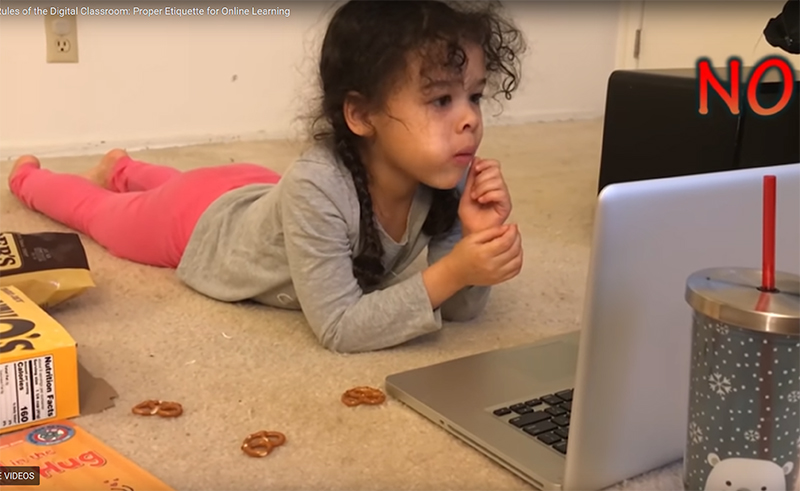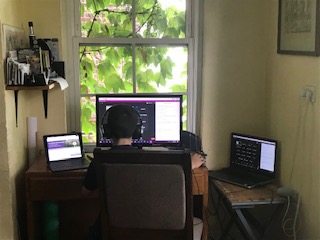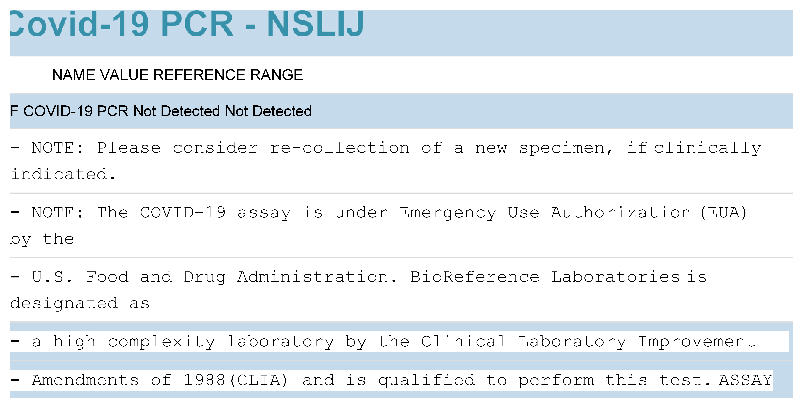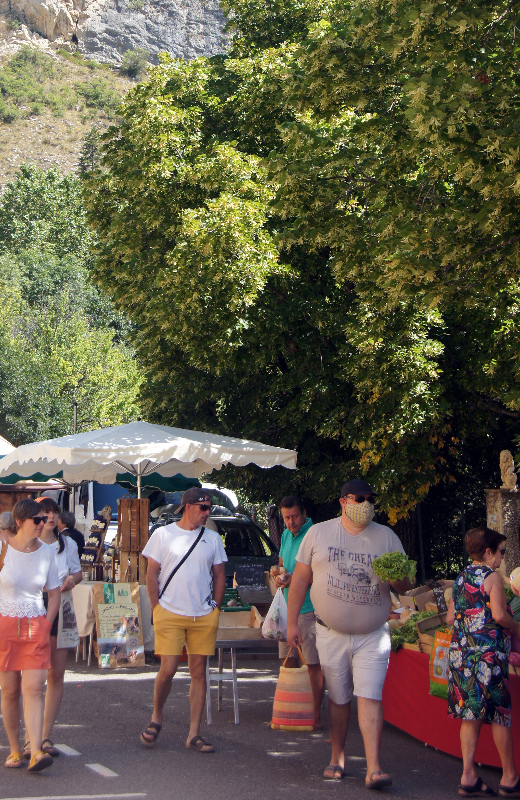I first mused about the end of the Corona epoch (a.k.a “COVID-19″) two years ago. I did it again a year ago. In both cases I took into account both my (lived?) experience in the various polities I usually and more or less regularly inhabit (family, church, shops, university), as well as what I found out about the evolution of governors’ mandates, including both those I had to live by in New York City or France, and those I read about. My usual examples involved restaurants, their closure, their re-opening, the mandates about masks while sitting or moving in restaurants, etc.
First, some ethnography:
At Teachers College, one could trace various endings over the past two years. The building was reopened to selected personnel, then to all. There shifts in vaccination reporting and checking, etc. And then, on April 20, 2023 we were told that, among related matters:
COVID-19 requirements and campus access:
TC will no longer link any COVID-19 vaccination or testing requirements to campus access.
This was justified as [resulting] “from the ending of the COVID-19 Federal Health Emergency declaration and decreasing COVID-19 cases among TC community members and across New York City.”
All this is to happen on May 12, 2023, thereby closing the epoch that started sometimes in early March 2020 (the actual starting point could be considered either the first message about the “coronavirus” [it had not yet been named “COVID-19], or the actual physical closing of the buildings when “do not enter” signs were pasted over the doors).
The TC announcement went to every one in the “community” (faculty, staff, students, etc.) and did not cause much of a ripple. When I mentioned it in class someone retorted that she got the message on the same day one of our her friend tested positive. To persist on my theme, governors can re-open restaurants, the virus continues its life career—if viruses are “alive.” something that appears to be controversial among the authoritative scientific experts. As these same experts do tell us: whether alive or not, the virus is with us for the foreseeable future.
So “SARS-CoV-2, the virus that causes the Covid-19 disease” was noticed by human beings in the Fall 2019 and remains with us while “Corona” (as culture epoch) started in February or March 2020 and has been ending to the point when many now use the past tense when talking about “COVID-19,” the current, common, and apparently uncontroversial, label.
And now, to play at anthropology:
• Given that Corona has obviously been a (social) construction (by and for about the whole 9 billion human beings).
• And given that Corona will continue to evolve in narratives and other forms of discourse (art, policy, science, etc.).
Can we also say that the virus was constructed?
Both current speculations about the origin of the virus involve human activity and complex, though quite different, actor-networks. As some tell it, perhaps a worker in the local lab did not clean up quite well and carried the virus out of the lab. This leads to question about why the lab was making viruses, why it was located where it was, who funded it, etc…. Alternatively, perhaps a merchant bought an infected animal from some hunter and then sold it to some customer. This hypothesis would then lead to investigations into the traditions (cultures) that make some wild animals edibles “there and then” (though they might not be “elsewhere and elsewhen”). And then, in either case, the spread of the virus depended on much that is human (airplanes, policies, etc.).
And yet … the virus itself is not human. Humans cannot talk to it, threaten it, regulate it, teach it—or any of the other acts that human can perform on each other. At most humans can attempt to control each other in the hope that, in that fashion, they might control the virus. And this brings us back to governors issuing mandates on partially resistant populations.
In other words, human beings, when confronted to the dangerous “thing-ness” of an object in their experience will do something (culture) but the thing remains, possibly hidden but always susceptible to re-emergence … as the next virus will do.
[print_link]



